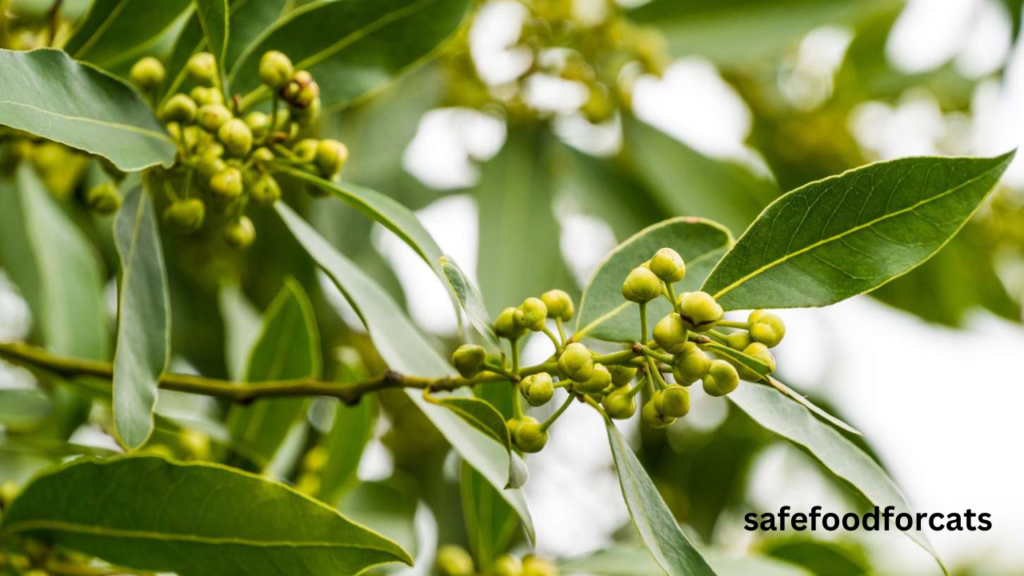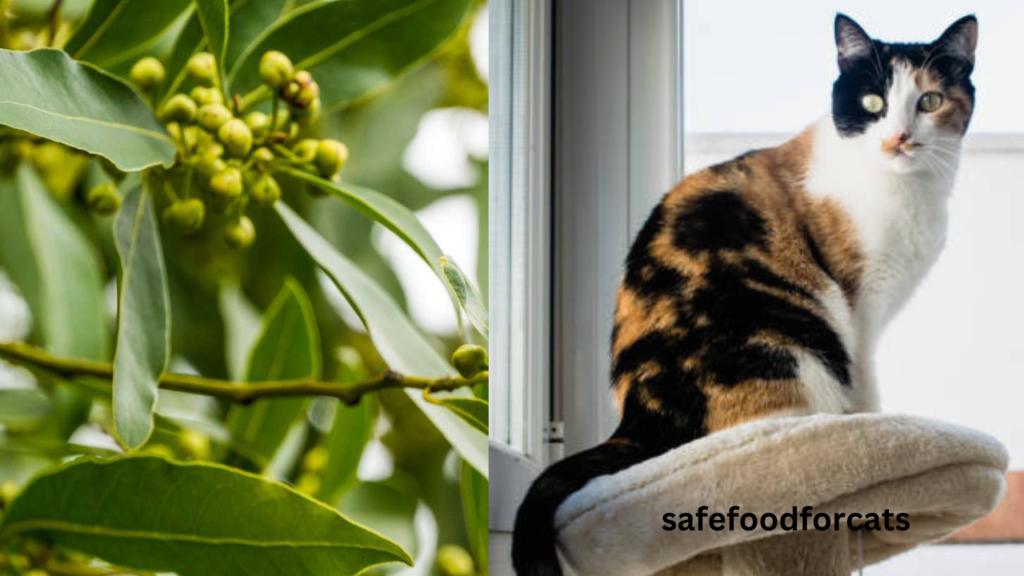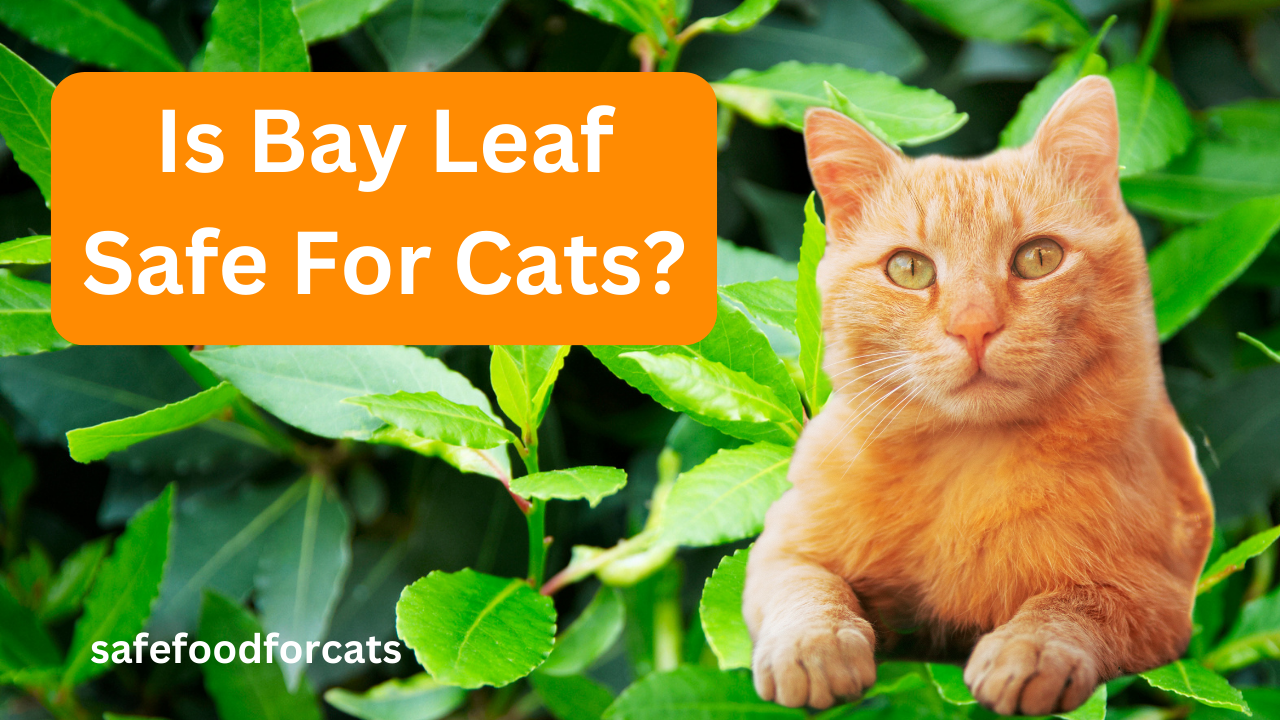Bay leaf, scientifically known as Laurus nobilis, is a versatile and aromatic herb that holds a prominent place in the culinary world. Also referred to as Bay laurel, Beetree, or simply “belief,” it is highly valued for its ability to impart a distinct flavor and fragrance to a variety of dishes. While popular in South Indian and Pakistani cuisines, bay leaf is also commonly used in various other culinary traditions globally.
What is a bay leaf?
Bay leaf is a culinary herb primarily used in its dried and ground form. It finds its way into an array of delectable recipes, including soups, stews, seafood, meat dishes, and even garnishes. This herb not only enhances the taste of these dishes but also contributes to their overall aroma, making them a favorite among chefs and home cooks alike.
Apart from its culinary uses, bay leaf has been associated with several potential health benefits for humans. It contains essential oils and compounds that have been suggested to possess anti-inflammatory, antioxidant, and digestive properties. Additionally, some studies propose that bay leaf may help regulate blood sugar levels, making it of interest to individuals with diabetes.
However, despite its positive attributes for humans, bay leaf can be harmful to certain other species, particularly to our feline companions.

Are bay leaves safe for cats?
In general, cats are known for their keen sense of smell and discerning palates. The strong, pungent aroma and bitter taste of bay leaves often act as a deterrent, leading most cats to avoid consuming them. Nevertheless, as with any curious creatures, there are rare instances where cats might accidentally ingest bay leaves, either by nibbling on household plants or encountering the herb in food.
Regrettably, bay leaves are toxic and poisonous to cats. Even small amounts of ingestion can have severe consequences for their health and well-being. One of the significant risks is the possibility of choking, particularly if a cat swallows a whole bay leaf. Furthermore, the toxins present in bay leaves can lead to adverse reactions, such as intestinal perforation, if ingested.
Why are bay leaves harmful to cats?
The toxicity of bay leaves to cats can be attributed to certain compounds found in the herb. Among them is eugenol, an essential oil that poses a threat to feline health. When cats ingest bay leaves, the eugenol undergoes metabolic processes in the liver, resulting in damage to surrounding tissues. As a consequence, harmful oxidizing agents are released, leading to the malfunction and death of liver cells. Additionally, these toxins can enter the bloodstream, causing severe side effects throughout the cat’s body.
Symptoms of bay leaf ingestion in cats can manifest as irritation, restlessness, excessive drooling, vomiting, and diarrhea, which may contain blood. If left untreated, these symptoms can progress to a refusal to eat and leave the cat vulnerable to infections and other complications.

Conclusion:
As much as we cherish our feline companions and want to share our culinary experiences with them, it is crucial to recognize that cats have unique physiological differences compared to humans. While bay leaf adds delightful flavors to our dishes, it poses hidden dangers to our beloved cats. Their sensitive systems are not equipped to handle certain substances that might be harmless to us.
To ensure the well-being of our feline friends, it is paramount to exercise caution and take preventive measures. Keeping bay leaves and other toxic substances out of their reach, as well as being vigilant about the plants they encounter, can greatly reduce the risk of accidental ingestion. Moreover, consulting a veterinarian before introducing any new foods or herbs into their diet is highly advisable.
Ultimately, our cats rely on us for their care and safety. By being aware of potential hazards and taking proactive measures, we can ensure that they lead happy, healthy lives as cherished members of our families.

